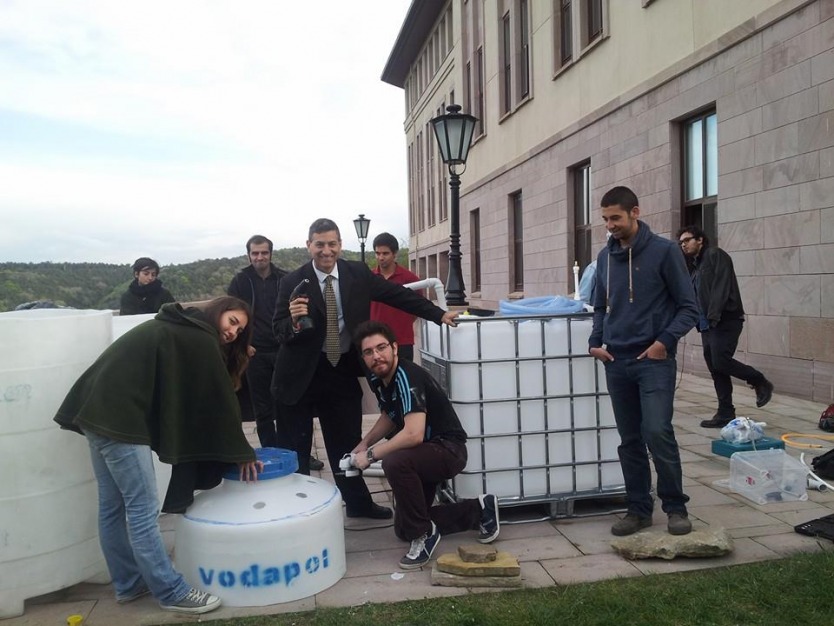
by Janice Kelsey | Apr 26, 2020 | Middle East, Our Projects
April 6, 2014 Our second small-scale biogas build in Turkey, one year after the first one we built with Yaşat Hacıbaloğlu. The network of youth interested in biogas grows ever stronger and brighter. Things have been stalled here in the DIY realm because Youtube is...
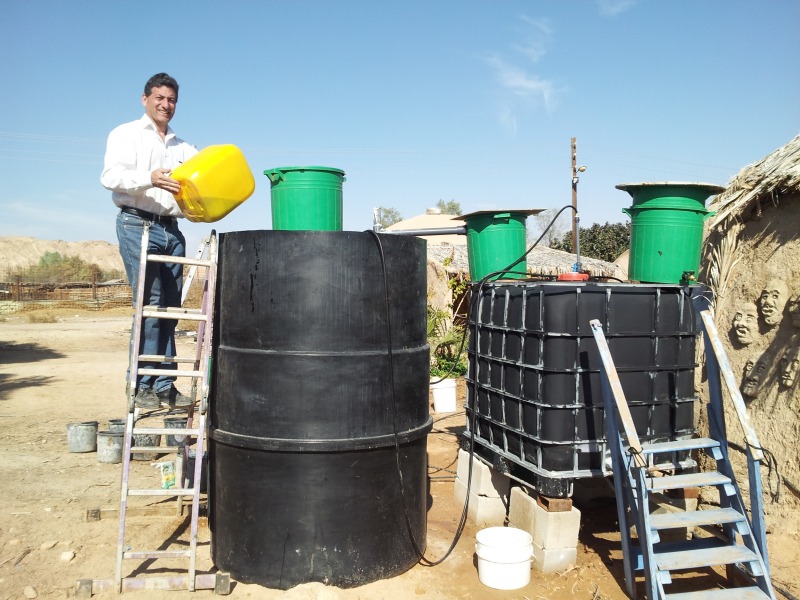
by Janice Kelsey | Apr 26, 2020 | Middle East, Our Projects
January 16, 2014 We built this Solar CITIES IBC/ARTI Hybrid Biodigester system on January 15th at Kibbutz Lotan after Culhane field tested the new design early in the fall at Mercy College. The new idea was to use buckets for the feed in and slurry out, simulating a...
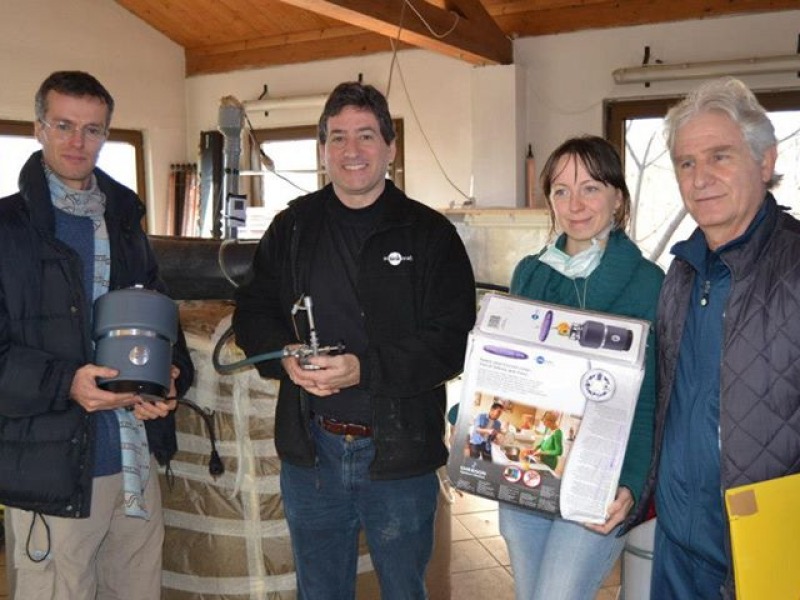
by Janice Kelsey | Apr 26, 2020 | Europe, Our Projects
January 16, 2013 Just before heading to Mercy College in New York to teach, Culhane was invited to do a biogas workshop at Damanhur Eco-community in northern Italy. Simon Westermann, who had assisted Culhane in his biogas workshop in Budapest a year earlier,...
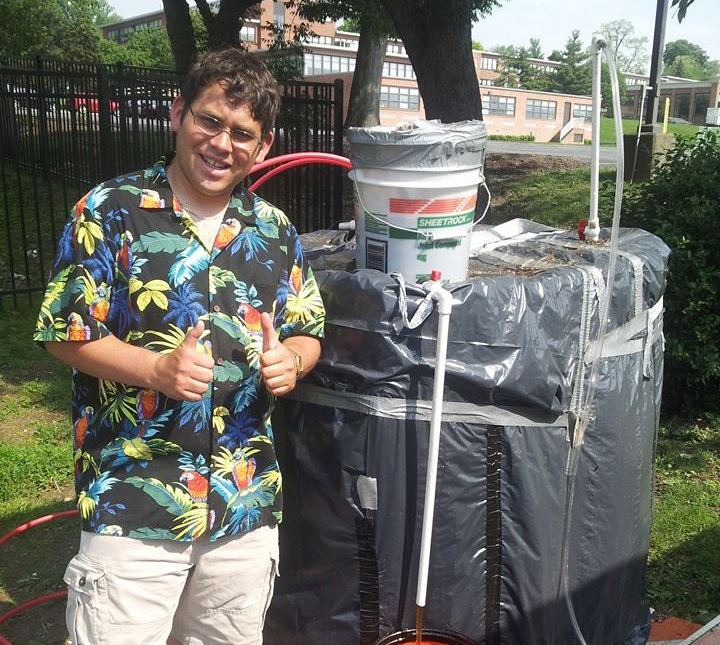
by Janice Kelsey | Apr 26, 2020 | Our Projects, United States
January 6, 2013 Culhane replaced two digesters at Mercy College in the fall of 2013. These digesters had been destroyed when his laboratory experiments rooms was dismantled. Culhane and Tasheem Hall filled the new digesters with horse manure from the stables at...
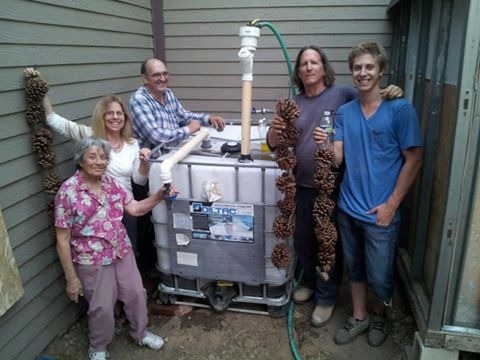
by Janice Kelsey | Apr 26, 2020 | Our Projects, United States
August 3, 2012 James Goodman, youth leader of the the Zombie Response Team of California’s San Pedro Forest region, and his parents, Gary Goodman and Lesly Chamberlain, and his grandmother, Joanne DuBarr, and Africa development specialist Mark David Heath pose...






